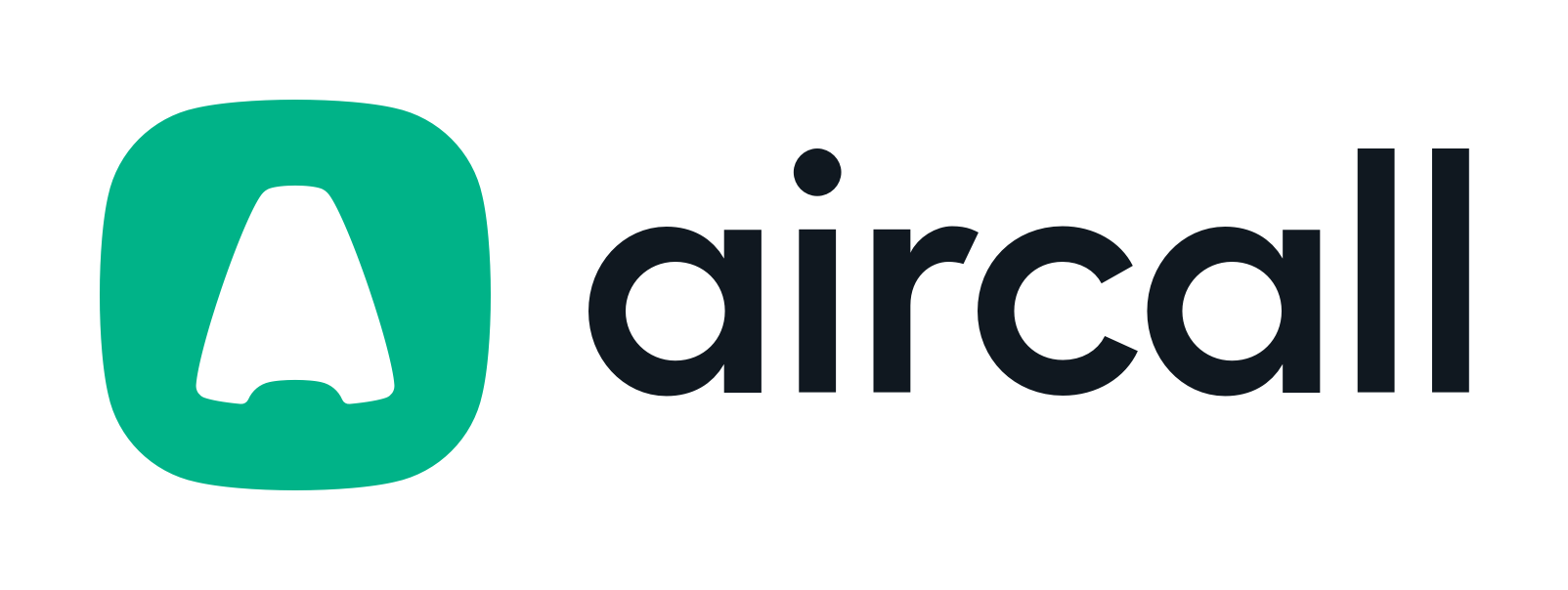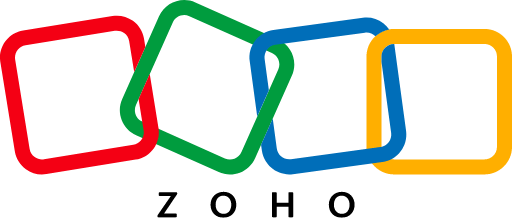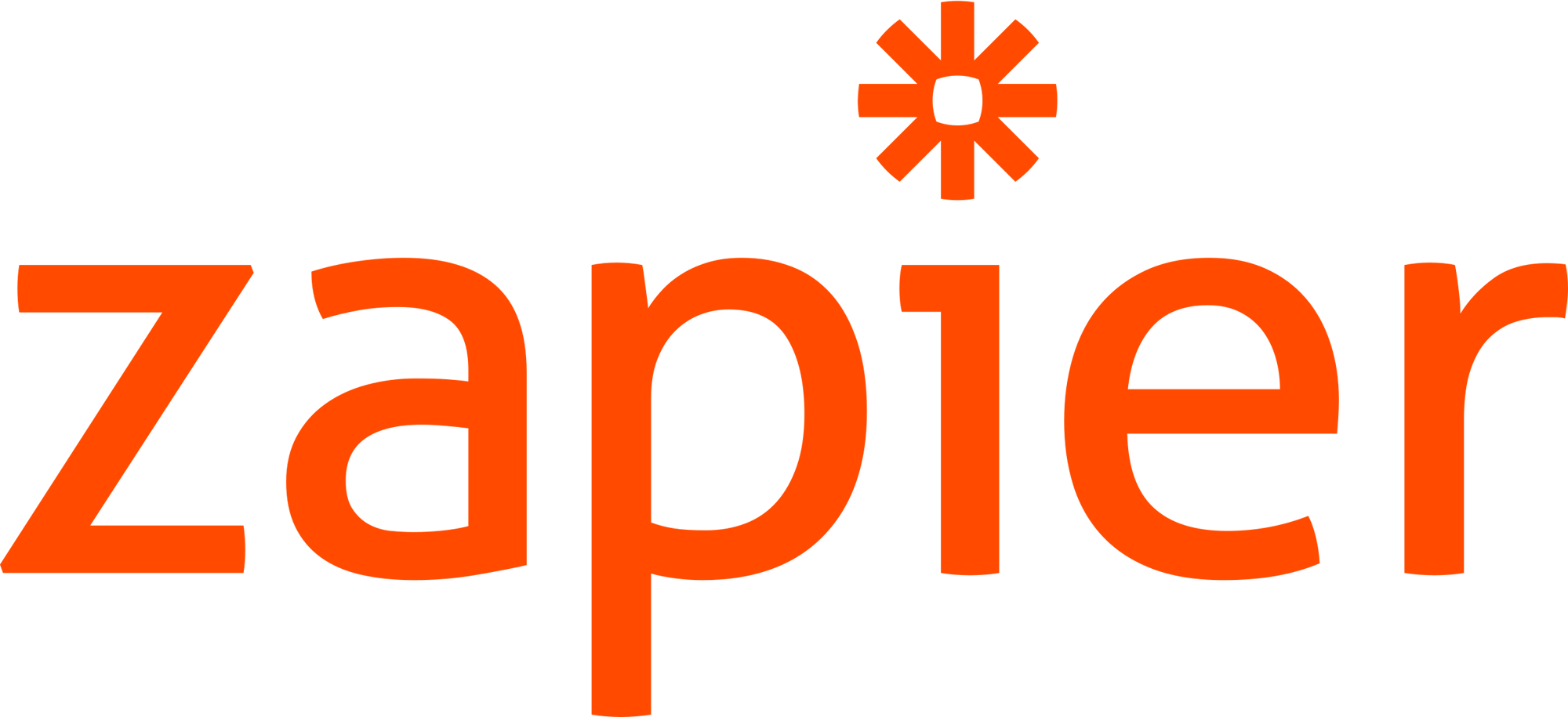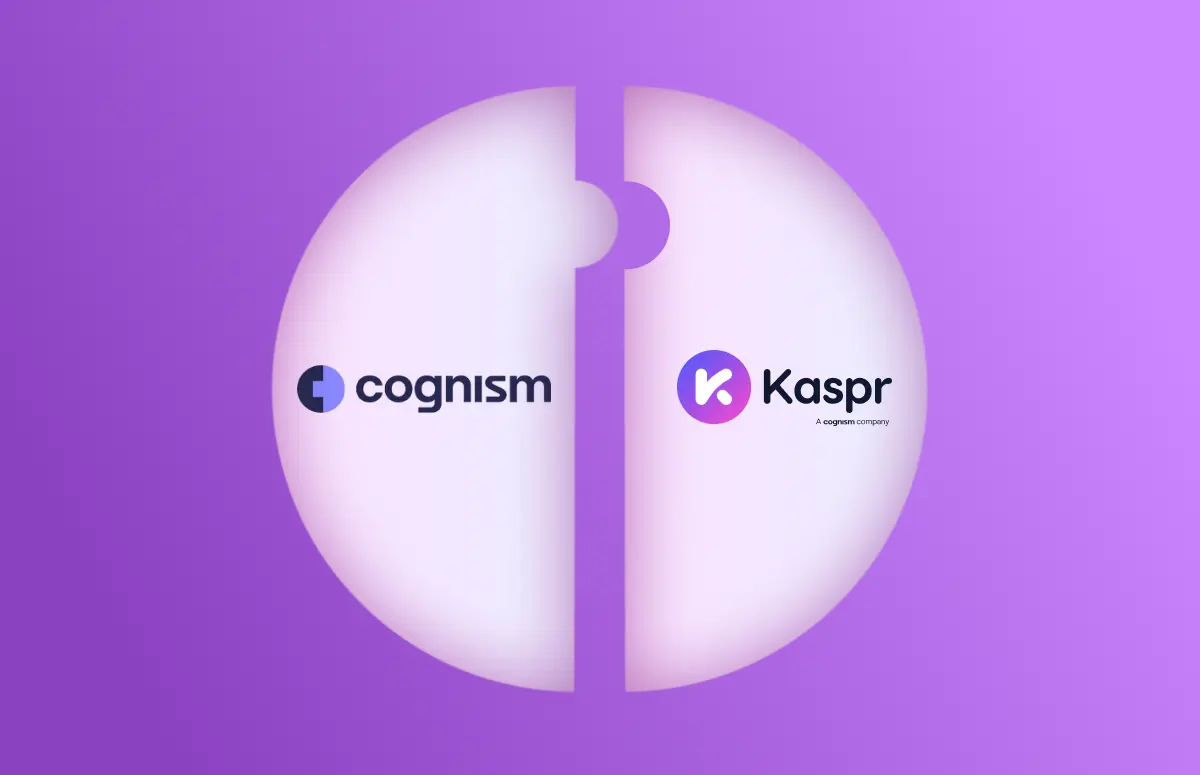![What Is Personal Selling in Prospecting? [Process & Techniques]-festured-image](https://6052405.fs1.hubspotusercontent-na1.net/hubfs/6052405/2023%20-%20Blog/EN%20SEO%20blogs%20%28Low-traffic%20keywords%29%20%5B%2B%20FR%2c%20ES%20and%20DE%20variations%5D/Personal%20selling%20in%20prospecting/EN_the-importance-of-prospecting-in-personal-selling-card.png)
What is personal selling?
Personal selling is a direct, one-on-one interaction between a sales professional and a potential customer.
These interactions happened face-to-face in the past, but things are completely different now.
Sales reps no longer depend on a single prospecting method.
Instead, they use a variety of channels like email, phone, social media, voice notes, or platforms like WhatsApp. Using a multichannel approach is beneficial for a few reasons:
- Wider reach.
- Adaptation to prospect’s preferences.
- Multi-touchpoint engagement.
- Data collection.
- Being where where the prospect hangs out.
In addition to using different communication channels, successful salespeople interact with multiple stakeholders within a target account. This multi-threading approach enables an understanding of the diverse needs and priorities of each stakeholder involved in the buying cycle.
In B2B, personal selling is particularly important to help achieve complex approaches like multi-threading.
Personal selling involves sales professionals engaging in direct conversations, actively listening, and tailoring solutions to meet each client’s specific needs. This method goes beyond a standard sales pitch; it’s about building trust and understanding the specifics of the client’s requirements.
The personal selling process helps to navigate complex decision-making. The sales rep can make sure that the solution being sold aligns precisely with the unique challenges and goals of the prospect.
Adaptability is another key feature of selling in B2B.
Especially in 2024, when there’s a massive shift in buyer behaviour. Prospects often prefer to research on their own and may not feel the need to talk to a sales representative.
That’s why SDRs need to go beyond prospecting, adapt their approach to the prospect’s pain points and lead with value.
To achieve this:
- Be genuine. You should be reaching out because you think your product can help. Not just because the person you’re speaking to is on a list.
- Become a master of your product. Knowing your product inside out will help you show prospects the real value of buying from you. You need to know how each product feature is relevant to solving that particular customer’s pain points.
- Talk to prospects on their level. It’s no good just coming in with generic statements and use cases. You’ve got to make your value pitch personal to their role and day-to-day struggles.
Pros and cons
As with any outbound sales approach, there are pros and cons. Let’s break them down. 👇
Pros of personal selling:
Pro: There are plenty of channels to sell on
You can gather their needs and propose solutions by talking directly with your potential customers.
You have various channels to speak to prospects on; cold calling, emailing, and directly approaching during events, to name a few. Demos and free trials can help you navigate the process of engaging potential customers, too.
They provide a hands-on opportunity for prospects to explore the features and capabilities of a product or service, allowing them to gauge its suitability for their specific needs.
Pro: Personalized interactions
Tailoring your approach to each prospect makes you stand out in a crowded market. Understanding the prospect’s specific needs and preferences means you can create a more engaging and relevant conversation, increasing the likelihood of a successful connection and conversion.
Personalized interactions build rapport and trust, creating a more fruitful and lasting business relationship.
Pro: Instant feedback
Channels like cold calling provide instant feedback. You don’t have to wait around for a reply. SDRs can gauge interest from personal selling by talking to their prospect over the phone, face-to-face or on a Zoom call.
This means any objections can be handled in real-time. 🙅
Pro: Show the most relevant parts of the product
For products or services that are complex or require in-depth explanation, personal selling can be highly effective. However, it’s important not list every feature your offering has.
Take a moment to consider, “why am I showing this?” Reflect on whether the feature you’re presenting is directly connected to the challenges or concerns of your potential customer.
Cons of personal selling:
Con: Prospects receive tons of outreach every single day
Prospects get bombarded with messages every day. They are flooded with emails, ads, and notifications, making it tough for your sales pitch to stand out. With so much competition for attention, it’s easy for your message to get lost in the noise.
Con: You can’t cut corners to do it well
In prospecting, it’s all about quality over quantity. You can’t rush it or take shortcuts. Doing it well requires time and effort.
Quick fixes or trying to reach as many people as possible can backfire. Building genuine connections and lasting impact on prospects takes patience and a thoughtful approach.
Con: You need a good team of SDRs
The effectiveness of personal selling often relies on the capabilities and performance of your SDRs. Without a good team of SDRs, identifying and nurturing leads may become challenging.
This means that sales organizations must invest time and resources in coaching and training instead of just tracking activity metrics and hoping for the best.
The personal selling process: What is it?
Prospecting and research
The first step in personal selling is identifying potential customers or leads. This involves prospecting and conducting thorough research to understand their needs, preferences, and challenges.
It can be done through inbound marketing, cold calling, networking events, or social media like LinkedIn. From here,you want to learn about a prospect’s work experience, job role, company size, industry, and potential needs.
Learning about factors like recent funding, their existing tech stack, or in-market considerations will provide SDRs with crucial clues about if the prospect is in the market to buy.
Without proper research, the chances of getting responses are slim. As Lewis Gadsdon, Founder of SDRs of London puts it:
“If I can see that you’ve done your research on me, included personalization points, that’s what’s going to get my attention. It’s not about sending an abundance of messages, it’s about sending good ones.”
You can use a prospecting tool like Kaspr to make things easier.
With the LinkedIn Chrome Extension, all you have to do is open your prospect’s profile, and their contact details will be available in one click. You can also get contact information in bulk from LinkedIn lists, posts, groups, or events.
Personalize prospecting with Kaspr
/All-in-one-prospecting/EN%20all-in-one%20prospecting/EN_all-in-one-prospecting-chrome-extension-summary-3.webp?width=600&height=754&name=EN_all-in-one-prospecting-chrome-extension-summary-3.webp)
Sign up with your work email here 👇
Initial contact
Once you’ve identified potential prospects and researched, it’s time for the first approach.
This stage is crucial for establishing a connection and introducing your product or service.
You can initiate contact through email or LinkedIn messages, but the most effective way to have a genuine human conversation is over the phone.
Owen Richards, Founder and CEO of Air Marketing emphasizes the value of phone conversations:
“If I can have a meaningful conversation with you on the phone or teams or Zoom or whatever the platform is, that’s human to human, not via digital writing. I want to do that as many times in a week as I can.”
“So if I can get five of those a day and push that to ten a day, then in theory, I’m gonna double my output. I’m not going to double my output by focusing on other channels that don’t have that human conversation.”
Check out this example of a phone-heavy cadence from Cognism. 👇
%20%5B+%20FR,%20ES%20and%20DE%20variations%5D/Outbound%20sales%20(cluster)/Sales%20cadence%20best%20practices/infographic-dialer-heavy-sales-cadence-cognism.webp?width=650&height=473&name=infographic-dialer-heavy-sales-cadence-cognism.webp)
Presenting the product in the best way
To make a lasting impression, it’s crucial to get creative with how you present your product.
Here are a few ideas to consider:
Interactive demos
Let your prospects directly interact with your product. Whether it’s a clickable tour, a drag-and-drop feature showcase, or a simulated trial, interactive demos make learning fun and memorable.
It may look something like this...
Personalized demos
Take it up a notch by creating demos tailored to your potential customers. This way, you’re not just highlighting features but also letting your personality shine.
Rachel Goldstone, now the Director of Sales Development UK at Cognism, had success with a subject line like "A video for you, [first name]."
Keep in mind that you don’t need to spend hours creating demos. Try things that work from a company level unless it’s a key prospect.
For example, Rachel Goldstone and her team showed the prospect relevant data from the Cognism platforms that the prospect might be interested in finding.
Live Q&A sessions
Host live Q&A sessions to address questions and demonstrate your product in real time. This builds trust and allows prospects to see the product’s capabilities first-hand.
Encourage interaction by letting viewers ask questions and providing immediate responses.
Objection handling
Prospects often have questions or concerns that need to be addressed.
Chris Ritson, Co-founder and CEO at Flexprts says that 30% of your list (out of 100) are likely to be “not right nows”, but you can encourage them to book a meeting through great messaging. Maybe not right now, but as part of your future quota.
So, you need to actively listen to their objections and provide clear and concise answers.
The LAER framework can be a powerful help here:
- Listen. Actively hear out the prospect’s concerns without interruptions.
- Acknowledge. Recognize and validate their objections, building trust.
- Explore. Delve deeper into the issues, asking open-ended questions to understand their perspective.
- Respond. Provide a well-informed response tailored to their concerns, showcasing how your offering meets their needs.
This not only helps in overcoming objections but also strengthens the overall relationship with the prospect.
Remember, effective objection handling is not just about providing answers; it’s about demonstrating a genuine understanding of the prospect’s concerns and showcasing how your offering is the right solution for them.
Closing the deal
Closing the deal is the pinnacle of any selling process.
Clearly lay out the terms, address any lingering questions, and ensure a smooth transition to the new customer. Confidence and clarity are crucial during this stage.
Now, here’s an important addition: it’s vital to hand off the customer to the customer success manager smoothly.
This ensures that the customer’s journey doesn’t end with the deal but continues seamlessly after. The Customer Success Manager steps in post-deal to help with onboarding, address concerns, and ensure the customer feels supported.
Keep in mind that the length of this phase will depend on the deal's complexity.
For some, the contacts will turn around in just a few days. But for complex sales, with lots of money on the line, you might receive pushback about various small details in the contract.
Follow-up and relationship building
The sales process doesn’t end with a closed deal.
If you’ve missed out on an opportunity, take your time to figure out why.
Jack Neicho, Senior Account Executive at Salesloft says:
“Once I’ve completed that research step, I’ll write a personalized email checking in with them, like going over why they closed last and probably asking if it’s a better time to pick up conversations.”
“It’s all really dependent on the conversation that you had previously. That’s why it needs to be unautomated.”
Post-sales support and relationship building are key in personal selling.
Follow up with customers to ensure their satisfaction, address any issues promptly, and explore opportunities for upselling or cross-selling. Building lasting relationships can lead to repeat business and positive referrals.
Techniques in personal selling
Prospecting is a crucial phase in personal selling, as it involves identifying and qualifying potential leads.
Here are some effective techniques for personal selling in prospecting.
Cold calling
Compared to other selling techniques, cold calling is the most personal way to connect with a potential buyer.
Your research is important here because you want to adapt your pitch based on the individual’s responses and needs.
To add a personal touch and make your cold calls more “human”, take note of the four-step strategy suggested by Elric Legoire, SDR Manager at Agorapulse:
- Opener. Start with an upfront and honest opener. It shows that you’re not another telemarketer. Say something like “ Hey {firstname}, This is Elric with Kaspr. This is a cold call. Do you want to hang up now or give me 30 seconds?”
- Light discovery. Next, do light discovery. Use the research to ask questions that show that you understand their potential pains.
- Objections. Then, be ready for objections. Remember to confirm, understand and then turn them into a conversation. It shows that you’re listening and that you care about them.
- CTA. And finally, the call to action. Recap the pains, present your solution and book the meeting.
💡 For more cold calling tips, check out the “Cold calling blueprint” series.
Cold emailing
You’d think that by this day and age, email personalization would be a given.
But sadly, it’s not the case. 😭
Prospect’s emails are flooded with automated and spammy messages.
Richard Smith, VP of Sales EMEA at Allego says:
“The good news is that for the people out there who want to be different, just do it. Be different than 99% of people sending this stuff every single day. You will break through the noise.”
But what can you do, then, to make your emails more personalized?
First things first, cut the fluff. You really need to get straight to the point.
Be clear about the value you bring to the table early in your communication.
Forget: “I hope this finds you well, I’m an SDR at X company”. Openers like this just make the message about you anyway.
Lewis explains this in the clip below. 🎬
Social selling
Channels like LinkedIn are not only great for finding prospects (especially when you have the right social selling tool, like Kaspr).
But they’re also great for building lasting relationships. Here are some reasons why you should be using these techniques as part of your personal selling process:
- You can build an online presence.
- LinkedIn or Sales Navigator are great for prospecting and lead generation.
- Engage with prospects and strike up a relationship.
- Content creation and curation.
- Personalized outreach.
- Tracking and analytics in line with other sales activities.
This process will probably take more time, but it pays off.
You need to think about the future state and don’t get discouraged if you don’t see traction right from the start.
Tom Boston, Top Social Selling Voice on LinkedIn, says that you need to make a commitment and stay accountable for it.
“The difference between myself and other sellers who dropped off and didn’t do that again is that I made a commitment to doing it every week. Then, I would come back and learn from the week before.”
“It’s so important not to beat yourself up if it doesn’t do very well, because two years from now, you’ll thank yourself for the mistakes that you made two years ago.”
Discovery calls
Discovery calls offer a deeper understanding of your prospect’s needs and challenges.
These calls are not just about presenting your product or service; they are about actively listening and identifying pain points.
Ask questions like:
- What prompted you to explore our solution?
- What’s the biggest challenge you’re facing right now?
- What’s prevented you from relieving this pain?
- What would happen if you did nothing about it?
- How important is it to you to solve this quickly?
You lay the groundwork for a more personalized and effective selling approach by demonstrating a genuine interest in your prospect.
Johnathon Illet, VP of Global Sales at Cognism says:
“When your discovery call comes to an end, recommend the next step but let the prospect decide.”
“It could be a follow-up email or going straight into booking a product demo. Always set exact timings for whatever the next step will be.”
Networking events
Attending networking events remains a classic method for personal selling.
Whether it’s industry conferences, trade shows, or local meetups, these events provide a platform to meet potential clients face-to-face.
Engage in meaningful conversations, exchange contact information, and follow up afterwards to continue building the relationship.
Remember that personal selling is not a one-size-fits-all approach.
Tailor your prospecting techniques based on the nature of your product or service, the industry, and the preferences of your target audience.
Regularly evaluate and adjust your strategies to ensure ongoing success in prospecting efforts.
Switch up messaging
Variety is the spice of life, and the same goes for your sales outreach.
Don’t stick to a one-size-fits-all approach. 💯
Experiment with different communication styles to see what resonates best.
Rory Sadler, Co-Founder and CEO at trumpet says:
“Remember, you need to iterate constantly. Your sales cadence will never be a final version. It’s so easy to stay in a routine once you find something that works for you, but different people appreciate unique forms of communication. So, consider the moves from the prospect.”
“Plus, channels quickly become over-saturated. Maybe videos will lose their novelty soon because everyone’s started doing them. It’s easy to stagnate if you never switch it up.”
Wrapping it up on personal selling
Success in personal selling comes from navigating change while staying true to yourself. It’s about being authentic and adaptable.
Remember that every interaction is an opportunity to learn, grow, and establish meaningful connections with prospects.
Keep these takeaways in mind:
- Understand which channel your prospects are on the most so you can meet them there.
- Don’t just sell for the sake of it.
- Thoroughly research your prospect and always personalize your outreach.
- The phone is your best friend for making genuine human connections.
- Add new channels to your cadence (and test messaging frequently).
- Rejection is part of the journey - stay persistent, learn from setbacks, and use them to improve.
Accurate European contact data
Get accurate data for your prospects and connect with your favorite sales tool






